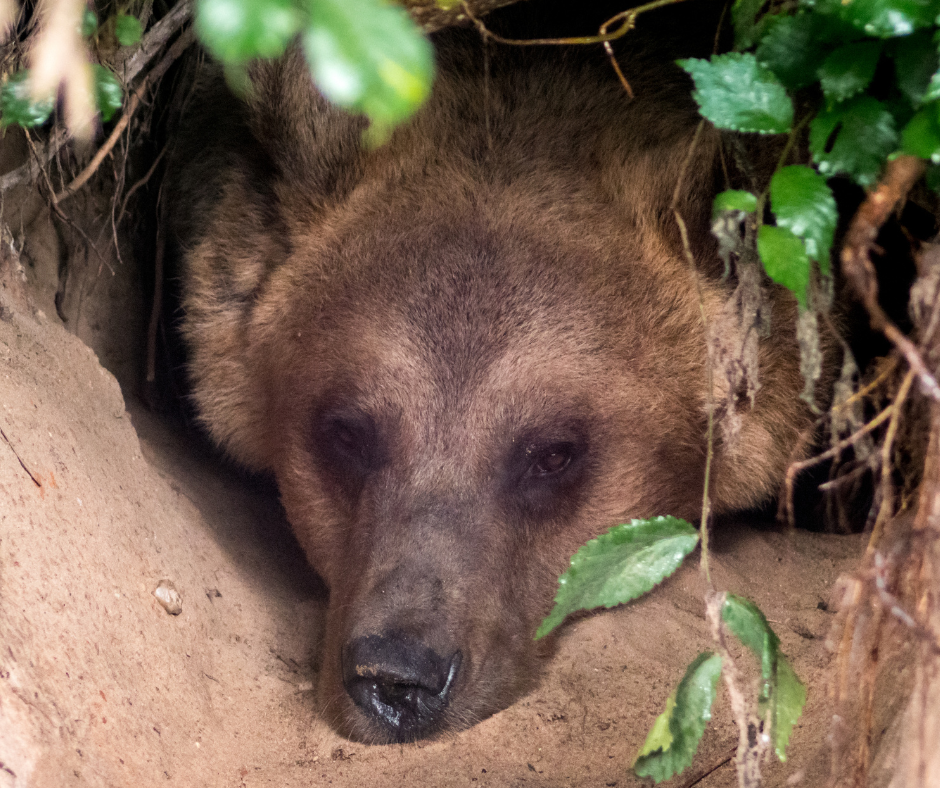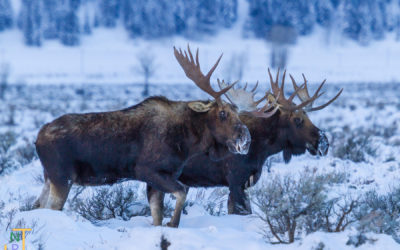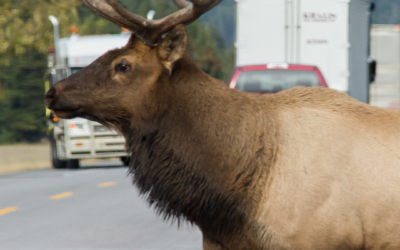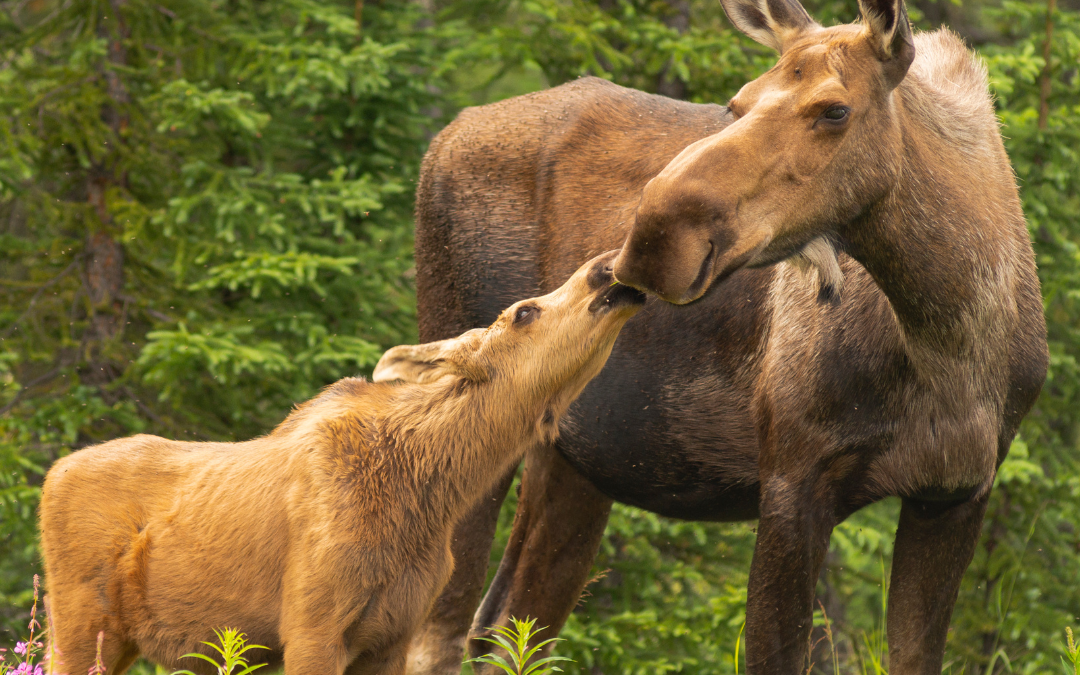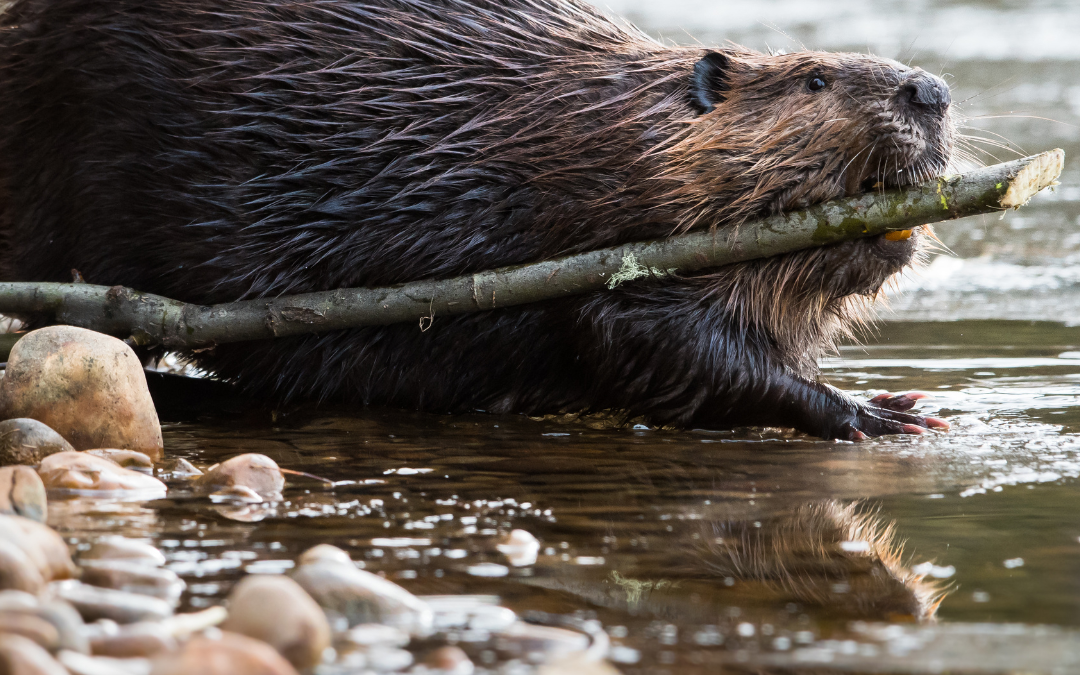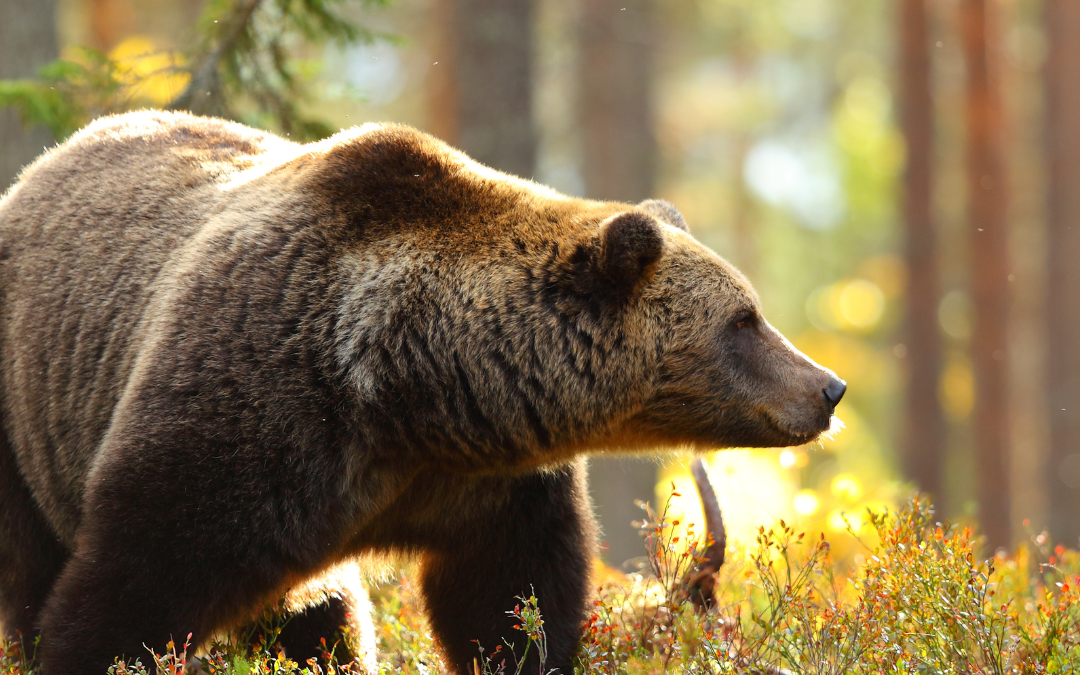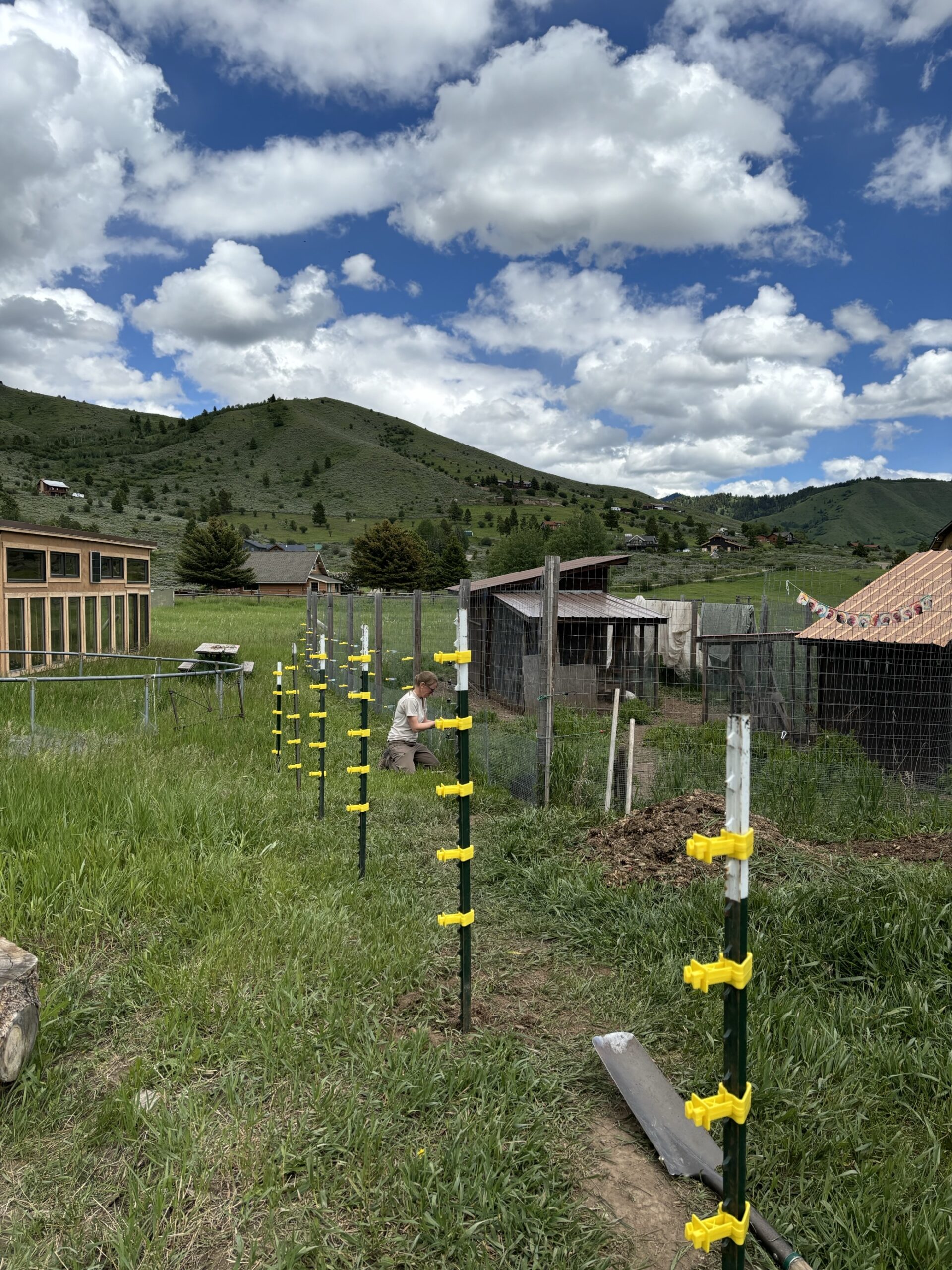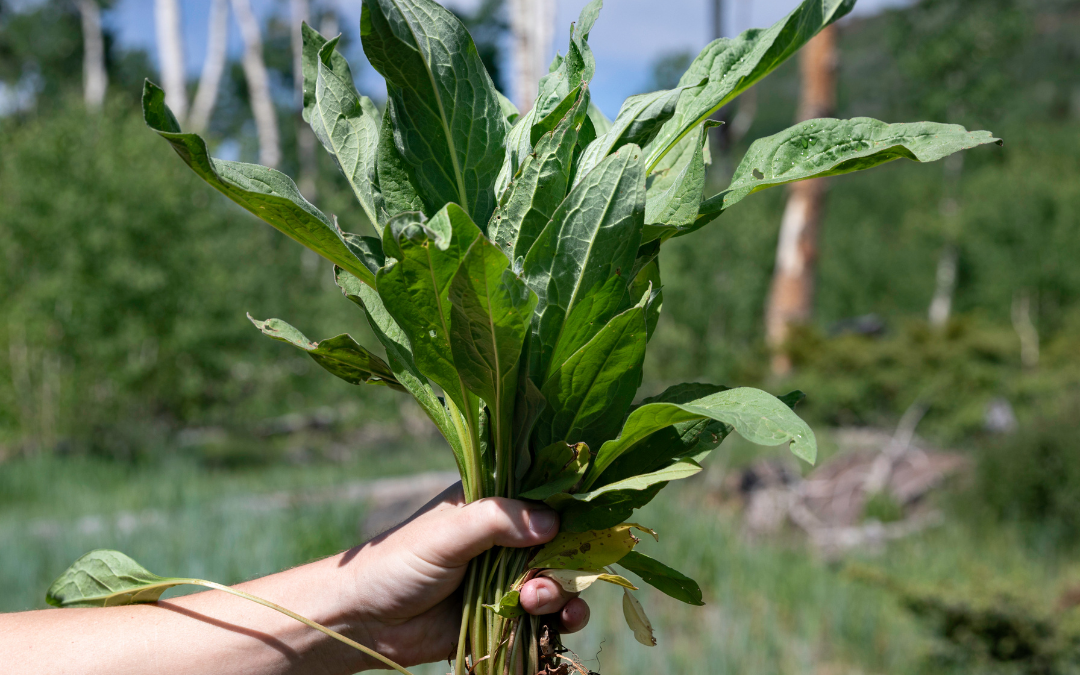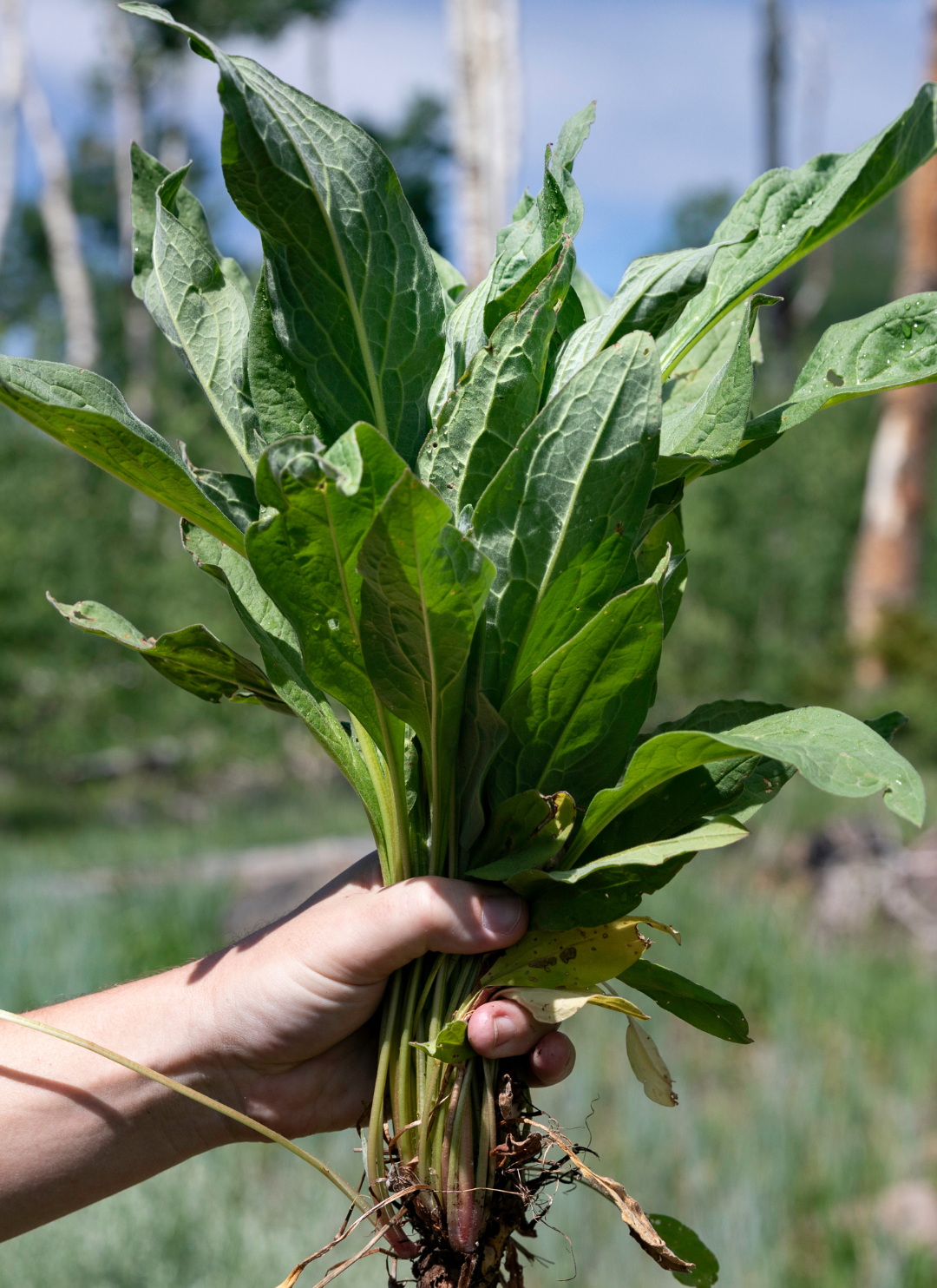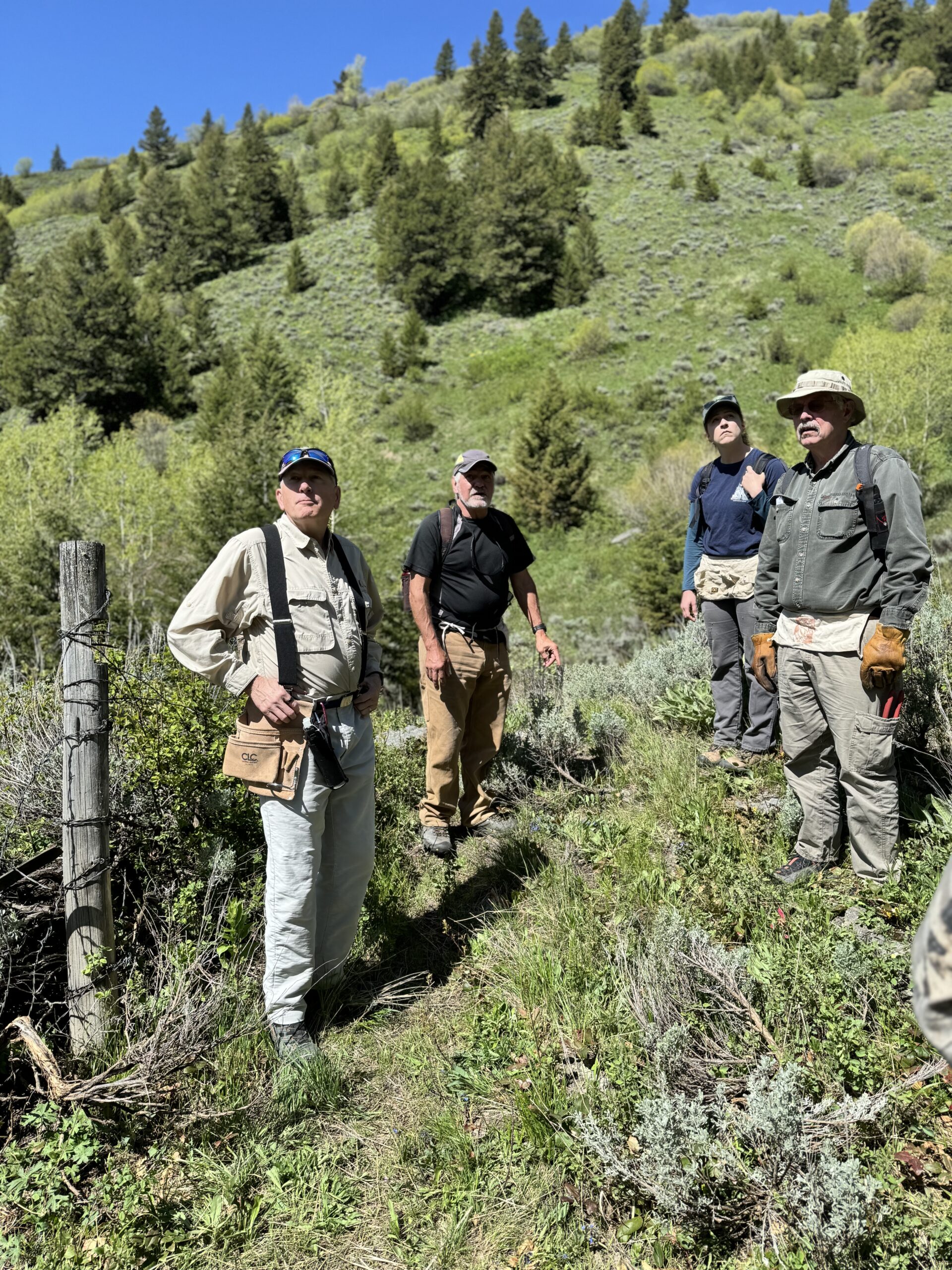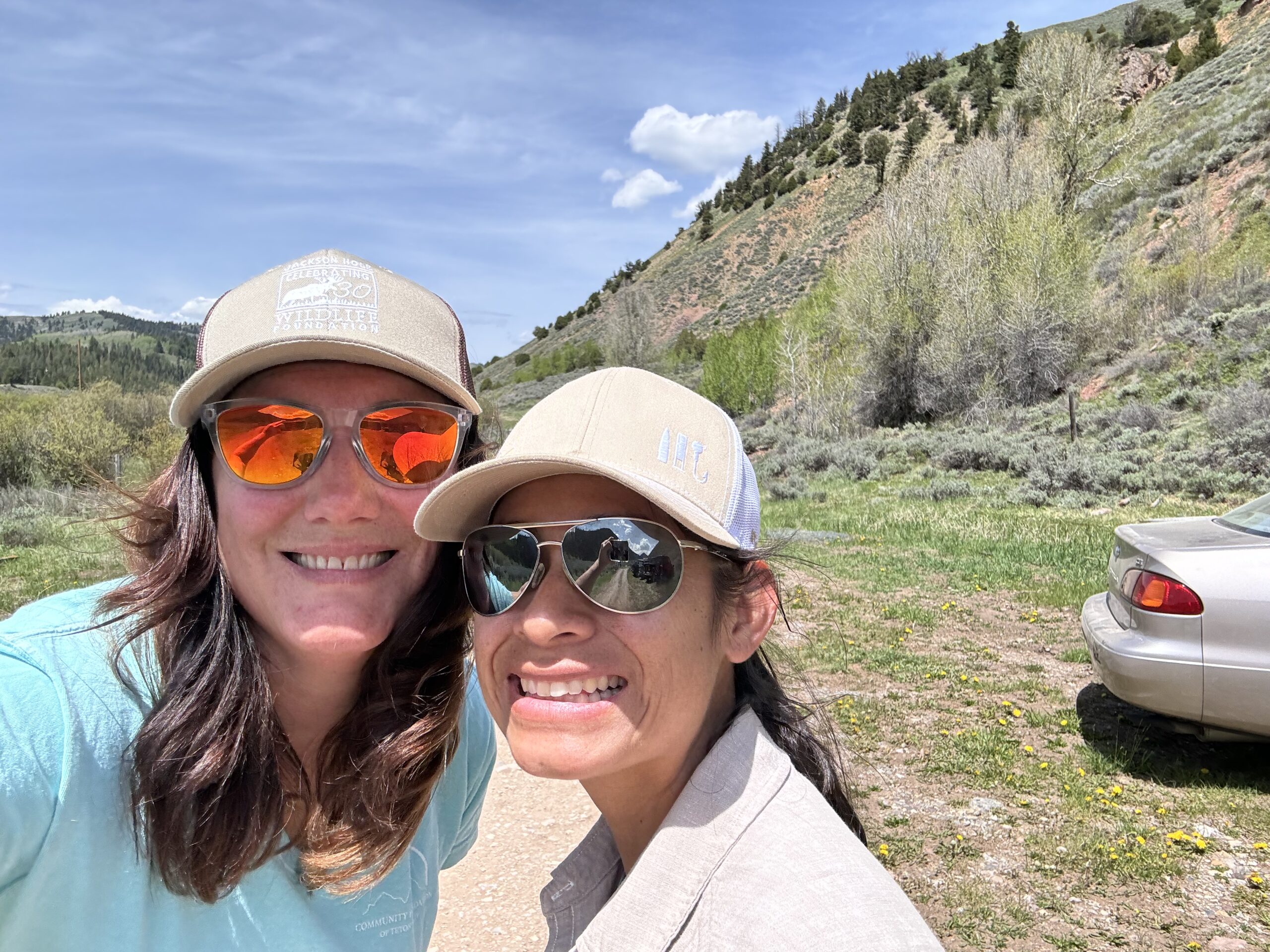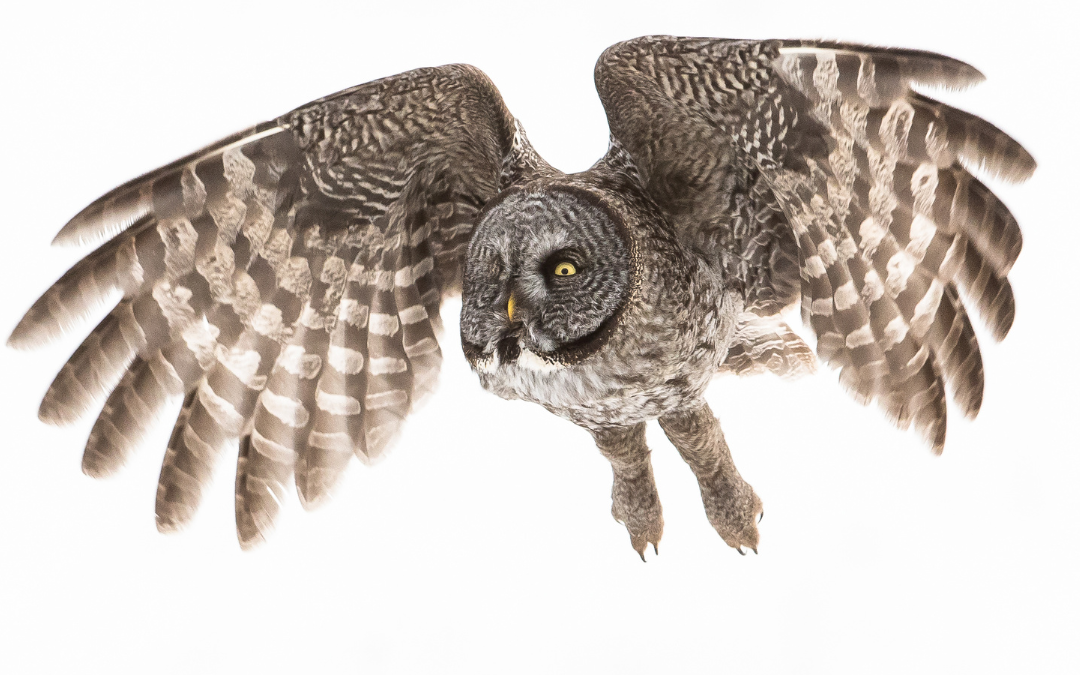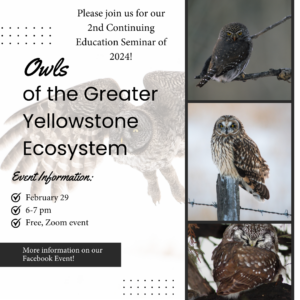As spring arrives, wildlife activity increases, posing challenges for safe coexistence on roadways.With the onset of spring, Jackson Hole becomes a hub of wildlife activity. Animals such as elk, deer, and moose embark on their traditional migration journeys, often...
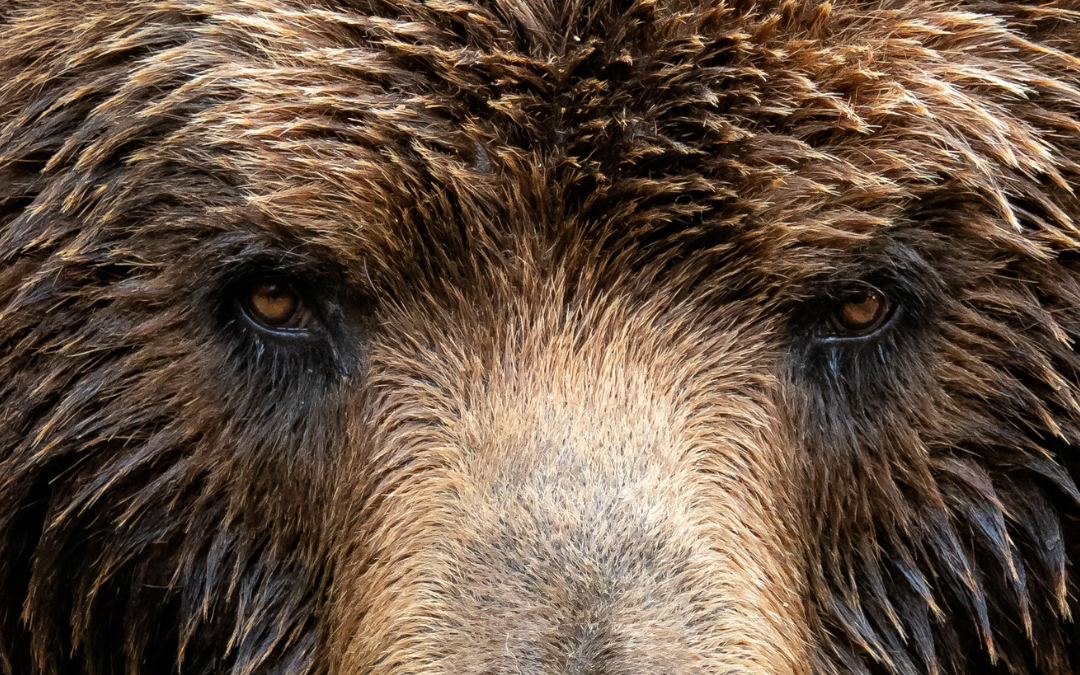
OCTOBER IN JACKSON HOLE MEANS BEARS PREPARING TO HIBERNATE

What Pre-Hibernation Means to the Community
As October arrives in Wyoming, it marks a pivotal time for both black bears and grizzlies. The region’s bears are now entering the critical pre-hibernation phase, preparing to settle into their dens for the winter. This process, crucial for the survival of these animals, also brings increased risks of human-bear encounters in the Jackson Hole area. JHWF, through Bear Wise Jackson Hole partnership, is working to mitigate these risks with a focus on introducing bear-resistant grease traps to local businesses.
Understanding Bear Hibernation in Wyoming
Hibernation is an adaptive strategy that both black bears and grizzlies use to survive Wyoming’s harsh winters. As temperatures drop, food becomes scarce, prompting bears to conserve energy by slowing their metabolism and entering dens where they rest for several months.
Timing of Hibernation
- Black Bears typically start denning around mid-October, with hibernation potentially lasting up to 7.5 months in colder climates.
- Grizzly Bears usually begin hibernation later, generally hibernating for 5–7 months, depending on the severity of the winter and food availability.
- Pregnant females of both species enter hibernation earlier to give birth, while males and non-pregnant females enter dens later and emerge earlier in spring.
Hyperphagia: The Intense Pre-Hibernation Feeding Phase
Before hibernation, bears enter a period called hyperphagia, marked by an urgent drive to consume as many calories as possible. During this phase, bears can consume up to 20,000 calories daily, often foraging for more than 20 hours a day.
During hyperphagia, bears:
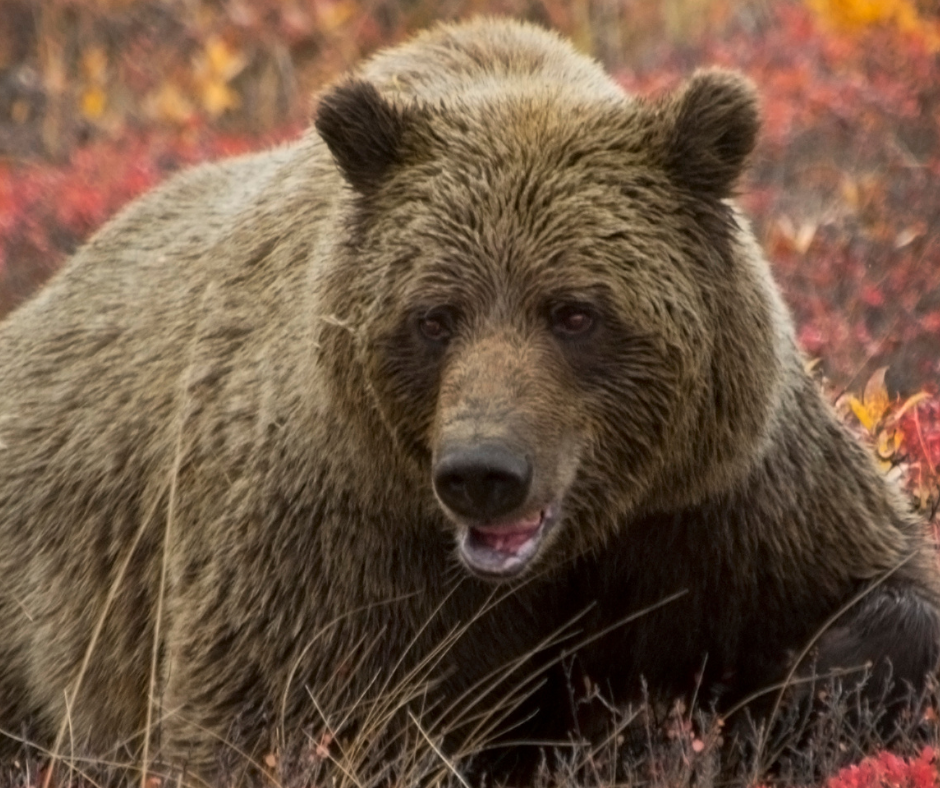
Increase Activity
- Bears are more visible during daylight as they roam widely to find food.

Become Less Cautious
- Bears’ heightened focus on finding calories can lead to more encounters with humans.
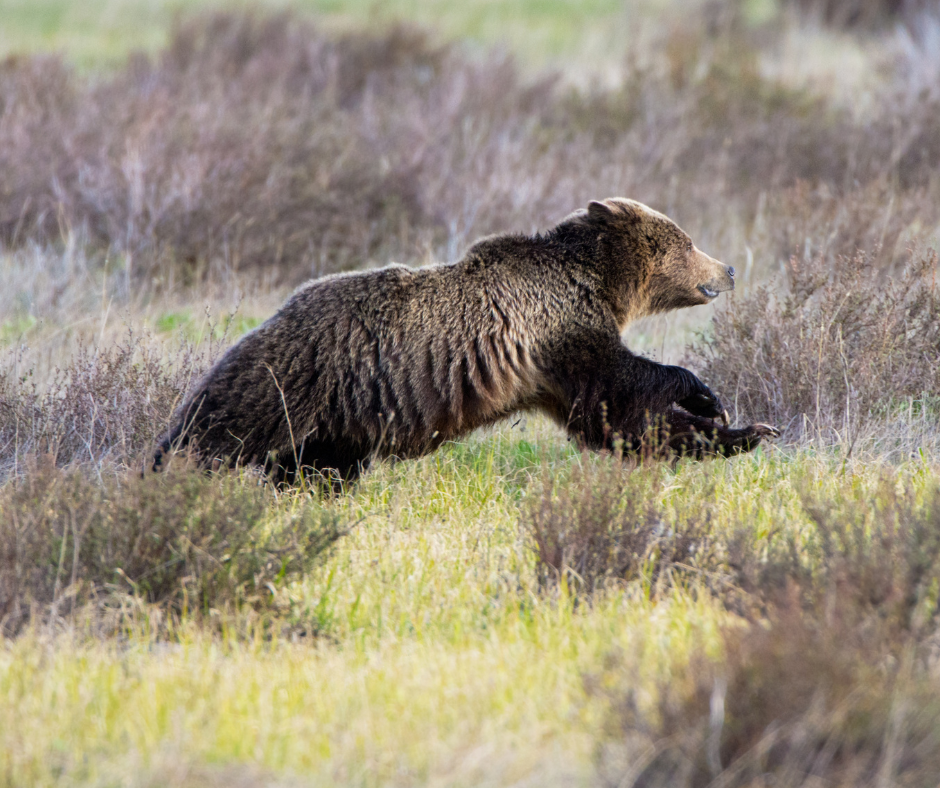
Expand Mobility
- Bears travel beyond their typical ranges, venturing into populated areas.
Bear Safety: Why Grease Traps Matter
What You Can Do to Help
Bear safety in Jackson Hole is a shared responsibility. Whether you’re a local resident, business owner, or visitor, you can play a role in fostering coexistence by adopting Bear Wise practices:
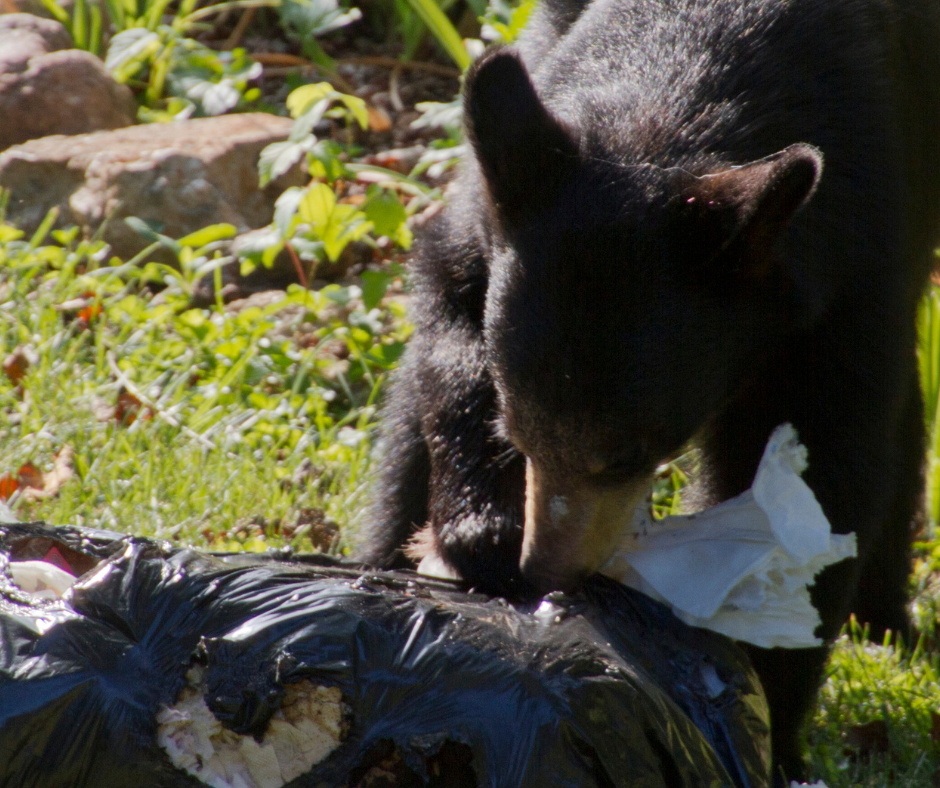
Secure Garbage
Use bear-resistant containers.
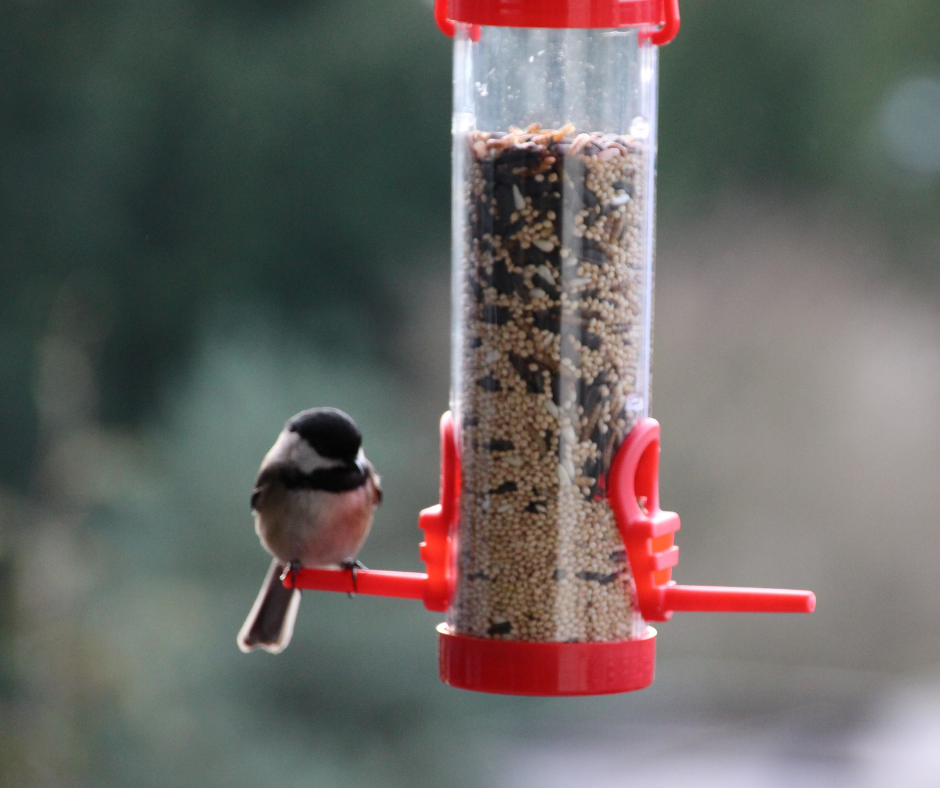
Store Food Safely Outdoors
Keep pet food, livestock feed, and birdseed out of reach.
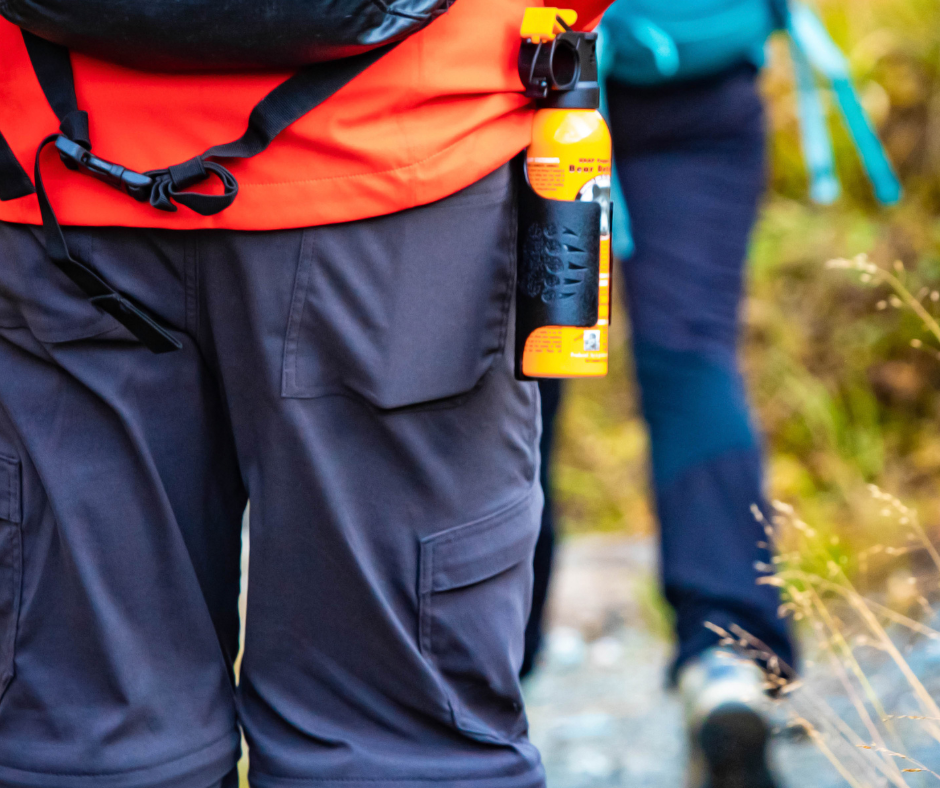
Carry Bear Spray
Always have bear spray accessible when recreating outdoors.

Support Local Initiatives
Encourage and support the installation of bear-resistant grease traps and trash receptacles.
Working Toward Coexistence
As bears prepare for hibernation, keeping them safe from human conflicts is essential. Jackson Hole Wildlife Foundation takes a proactive approach to minimizing risks by addressing attractants and promoting education on bear behavior. Together, we can ensure a safer environment for both humans and bears, protecting Jackson Hole’s iconic wildlife.
JHWF’s Blogs
Wildlife on the Road – Springtime in Jackson
Our Moose Mission: The Importance of Moose Day
Moose Day: Contributing to Moose ScienceEvery winter, moose in Jackson Hole face extreme challenges. They rely on shrubs like willows and aspen for food, but deep snow and cold temperatures make survival tough. Unlike deer or elk, moose don’t migrate long distances to...
Elk Migration and Movement in Jackson Hole: Protecting Wildlife and Drivers
Migrating Wildlifedo not look both ways before crossing the roadThousands of elk migrate from the higher elevations of Grand Teton National Park and surrounding areas to lower valleys, seeking food and shelter each winter. This seasonal journey is essential for the...

